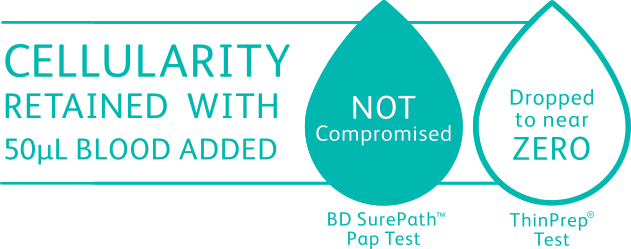Easier collection. Lower unsats.


1. Collect

2. Drop







LEARN MORE
Let's have a conversation
BD, the BD Logo, BD COR™, BD MAX™, BD Onclarity™, BD SurePath™, BD Viper™, BD PrepMate™, BD Totalys™, BD FocalPoint™ are trademarks of Becton, Dickinson and Company or its affiliates. © 2021 BD. All rights reserved.
The BD COR™ System, BD MAX™ System, BD MAX™ Enteric Bacterial & Extended Enteric Bacterial Panels, BD MAX™ Enteric Viral Panel & BD MAX™ Enteric Viral Panel-NR, BD MAX™ Enteric Parasite Panel, BD MAX™ Vaginal Panel, BD MAX™ Check-Points CPO, BD MAX™ MRSA XT & BD MAX™ StaphSR, BD MAX™ Cdiff, BD MAX™ MDR-TB, BD SARS-CoV-2 Reagents for BD MAX™ System, BD SARS-CoV-2/Flu for BD MAX™ System, VIASURE SARS-CoV-2 (N1+N2) Real Time PCR Detection Kit for BD MAX™ System, VIASURE SARS-CoV-2 Variant Real Time PCR Detection Kit for BD MAX™, VIASURE SARS-CoV-2, Flu (A+B) & RSV Real Time PCR Detection Kit for BD MAX™ System, VIASURE Flu A, Flu B & RSV Real Time PCR Detection Kit for BD MAX™ System, VIASURE Vancomycin Resistance Real Time PCR Detection Kit for BD MAX™ System, BD Onclarity™ HPV Assay, BD SurePath™ Liquid-based Pap test, BD Viper™ LT System, BD PrepMate™, BD Totalys™ Multiprocessor, BD Totalys™ SlidePrep, BD FocalPoint™ GS Imaging System are in vitro diagnostic medical devices bearing a CE mark.
The BD MAX™ CT/GC & CT/GC/TV assays are in vitro diagnostic medical devices bearing a CE mark and are CE certified by BSI Group The Netherlands B.V. (Notified Body Number = 2797).